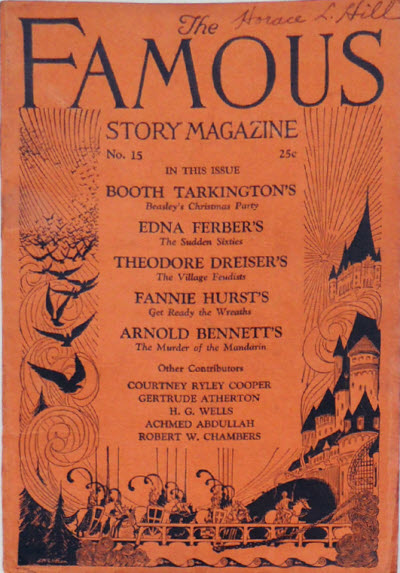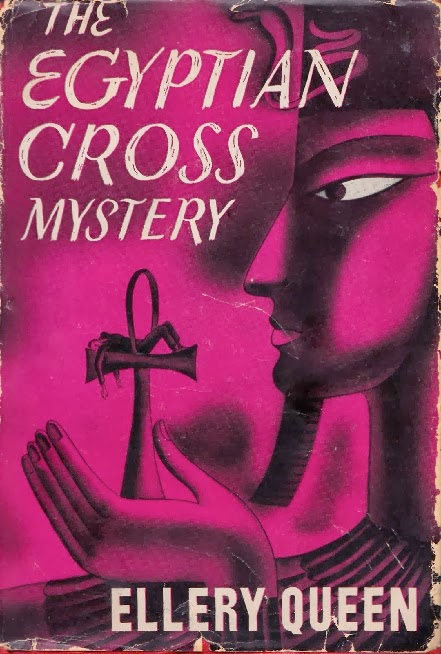(1) "Seven Bottles of Whisky."
By J. Lane Linklater (Alexander William Watkins, 1892-1971).
First appearance: Liberty, February 2, 1935.
Short short short story (1 page).
Online at Archive.org (HERE).
"He was just as cold as any dead man can be."Was it an act of friendship, or the result of stubbornness? "Captain Masson," we read, "was a very shrewd man . . ."
~ ~ ~
By J. Lane Linklater (Alexander William Watkins, 1892-1971).
First appearance: Liberty, November 14, 1936.
Short short short story (1 page).
Online at Archive.org (HERE).
"But the—the footsteps! They were yours!"It's nice when a problem is self-liquidating . . .
Resources:
- FictionMags informs us about our author, J. Lane Linklater; quite prolific he was, generating mostly pulp detective fiction from the late '20s to the early '50s. Like Erle Stanley Gardner, he had several series characters: Hugo Oakes (20 stories for Detective Fiction Weekly; HERE); Sergeant “Hardboiled” Karney (6 adventures in Detective Action Stories); Paul C. Pitt (16 exploits for DFW); and the short-lived Sad Sam Salter (3 in DFW).
- The Pulpgen Archive has a collection of 7 other Linklater stories which feature his non-series sleuths (HERE).

- Our author also wrote novels; see, for example, reviews of Shadow for a Lady (1947; HERE), Black Opal (1947; HERE), and The Bishop's Cap (1948; HERE).- FictionMags informs us about our author, J. Lane Linklater; quite prolific he was, generating mostly pulp detective fiction from the late '20s to the early '50s. Like Erle Stanley Gardner, he had several series characters: Hugo Oakes (20 stories for Detective Fiction Weekly; HERE); Sergeant “Hardboiled” Karney (6 adventures in Detective Action Stories); Paul C. Pitt (16 exploits for DFW); and the short-lived Sad Sam Salter (3 in DFW).
- The Pulpgen Archive has a collection of 7 other Linklater stories which feature his non-series sleuths (HERE).

- We dealt with one of Linklater's Paul C. Pitt stories, "The Perfect Victim," a couple of years ago (HERE); the posting also has links to still more of his DFW works.


































































